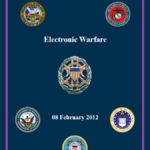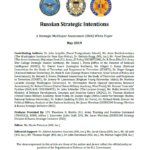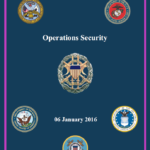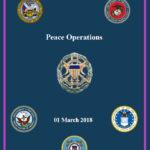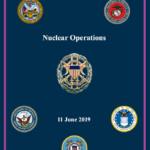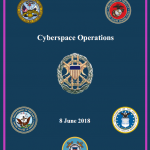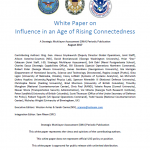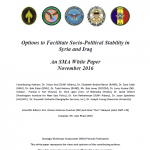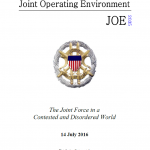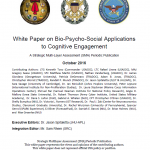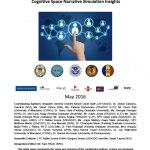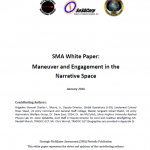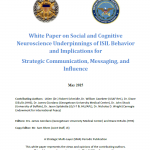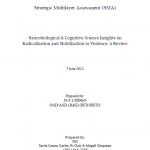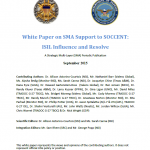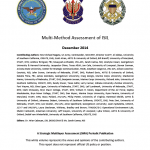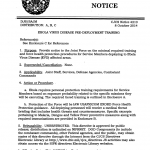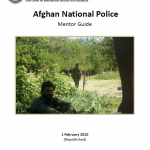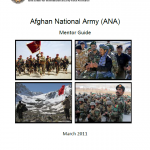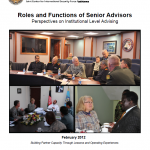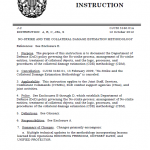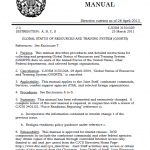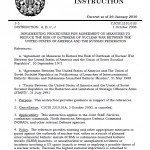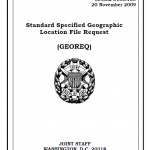
China plans to defeat powerful adversaries by systematically targeting the linkages and nodes that hold an advanced network-centric force together as a cohesive whole. The PLA calls this theory of victory “systems attack and destruction warfare,” hereafter, “system attack. Authoritative PLA doctrine emphasizes importance of system attack as China’s “basic operational method” of warfare. System attack is perhaps best remembered as “the American way of war with Chinese characteristics,” since the PLA developed the concept based on observing U.S. military victories In the 1990s. Some of the PLA’s writings on systems attack are clearly aspirational, but this does not preclude the effectiveness of the approach, and the doctrine shows that the Pl.A is thinking seriously and realistically about how to defeat.an advanced adversary. The requirements of system attack are actively driving PLA reform, acquisitions, operations and training, and the doctrine telegraphs how Chine intends to fight.

